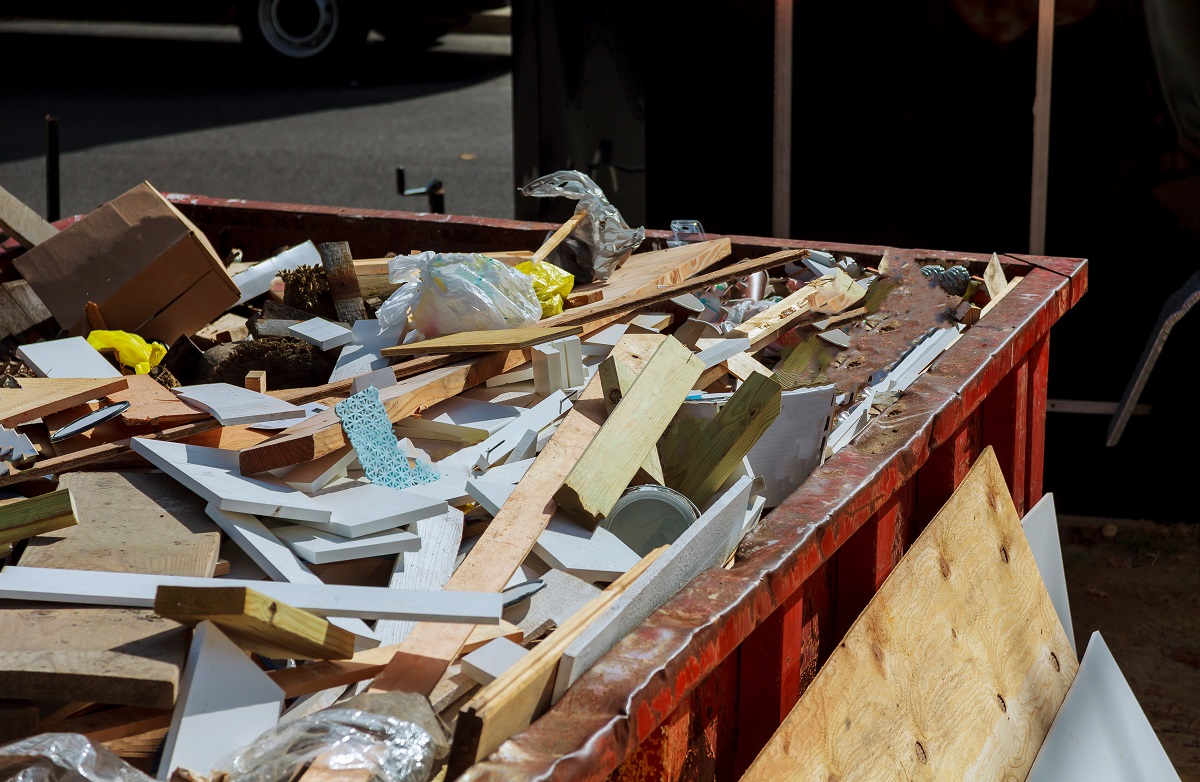Safety Precautions When Using Roll-off Dumpsters on Your Property

Roll-off dumpsters are a crucial facility for anyone looking to manage large amounts of waste, particularly during construction projects, home renovations, or even extensive cleaning operations. Ensuring safety with roll-off dumpsters is paramount to preventing injuries and ensuring a smooth, efficient clean-up process. This article delves into essential safety precautions, best practices in roll-off dumpster placement, and guidelines for safe roll-off dumpster operation to help you navigate the complexities of waste management on your property effectively and safely.
Ensuring Safety with Roll-Off Dumpsters
When it comes to using roll-off containers, prioritizing safety is not just a responsibility but a necessity. The nature of large, bulky containers can pose various hazards if not handled correctly. First and foremost, it's important to ensure that everyone involved in the process, from those who will be loading the dumpster to those who live or work near the area it's placed, understands the basics of dumpster safety.
Education and Training:
Before your dumpster rental service arrives with your roll-off, ensure that anyone who will come into contact with it knows their way around these large containers. This includes understanding how to load the dumpster safely to avoid overloading and recognizing the importance of not placing prohibited items that might cause danger, such as flammable liquids or hazardous wastes.
Proper Loading Techniques:
Even Distribution of Weight: When loading your roll-off, maintain evenly distributed weight throughout the container. This prevents tipping incidents or the dumpster shifting unexpectedly, which could cause injury or damage to property.
Avoid Overloading: Stick to the fill line if one is indicated, or make sure not to fill the dumpster beyond the height of its sides. This not only complies with safety regulations but also aids in the safe transport of the waste.
Heavy Items at the Bottom: Place heavier materials at the bottom of the container to lower its center of gravity, enhancing stability.
Safety Gear:
Using gloves, safety goggles, and sturdy boots can prevent cuts, scrapes, and injuries caused by shattering or sharp debris. Encourage or mandate the use of this safety equipment whenever handling waste near the dumpsters.
Roll-off Dumpster Placement Guidelines
The location of your roll-off dumpster significantly influences the safety of its use. Strategic roll-off dumpster placement ensures that the risk of accidents is minimized, and accessibility maximized, without compromising on safety.
Choose a Stable and Level Surface:
Position your dumpster on a hard, level surface to prevent it from tipping or rolling away. Surfaces such as concrete or gravel are ideal for this purpose. Avoid placing dumpsters on sloped surfaces or soft grounds such as wet soil or grass, as they can sink or shift under the weight.
Accessibility:
Place your roll-off container in a location that is easily accessible for both users who will be disposing of waste and the trucks that will eventually haul it away. Ensure there is sufficient space for users to approach the dumpster from all necessary angles without risk of injury.
Away from High Traffic Areas:
To avoid disruptions and potential accidents, keep dumpsters away from high-traffic areas where frequent movement occurs. Think about both pedestrian and vehicle traffic when considering placement.
Guidelines for Safe Roll-off Dumpster Operation:
Maintaining diligent operational standards is essential in mitigating risks associated with roll-off dumpsters. Here's how you can ensure safety:
Regular Inspection:
Check the dumpster regularly for damage such as corrosion or structural weaknesses, which could lead to unexpected failures. Liaise with your dumpster rental service promptly if you notice any issues.
Clear and Informative Signage:
Use signs to inform and warn people about the potential hazards. This includes signs for prohibitive actions like 'No Climbing' and indicators of potentially dangerous contents if applicable.
Secure the Dumpster when not in Use:
If not in constant use, secure your roll-off dumpster with a cover or lockable lid to prevent unauthorized access or accidental exposure to its contents.
Fluids and Hazardous Materials:
Ensure that all users understand that roll-off dumpsters are not designed for liquids of any kind or hazardous materials unless specified otherwise by your rental agreement. Improper disposal can not only pose immediate safety risks but could lead to significant legal liabilities.
By embracing these roll-off dumpster usage safety tips, you can maintain a safe environment conducive to the efficient and effective disposal of waste. At GST Services, we are committed to not just offering top-of-the-line roll-off dumpster rentals but ensuring that our clients can use them safely and efficiently. Remember, a well-informed approach to handling and disposing of waste can significantly minimize the risks involved. Reach out to GST Services today to find the right dumpster for your needs and benefit from our expertise in guided and safe waste disposal solutions.
